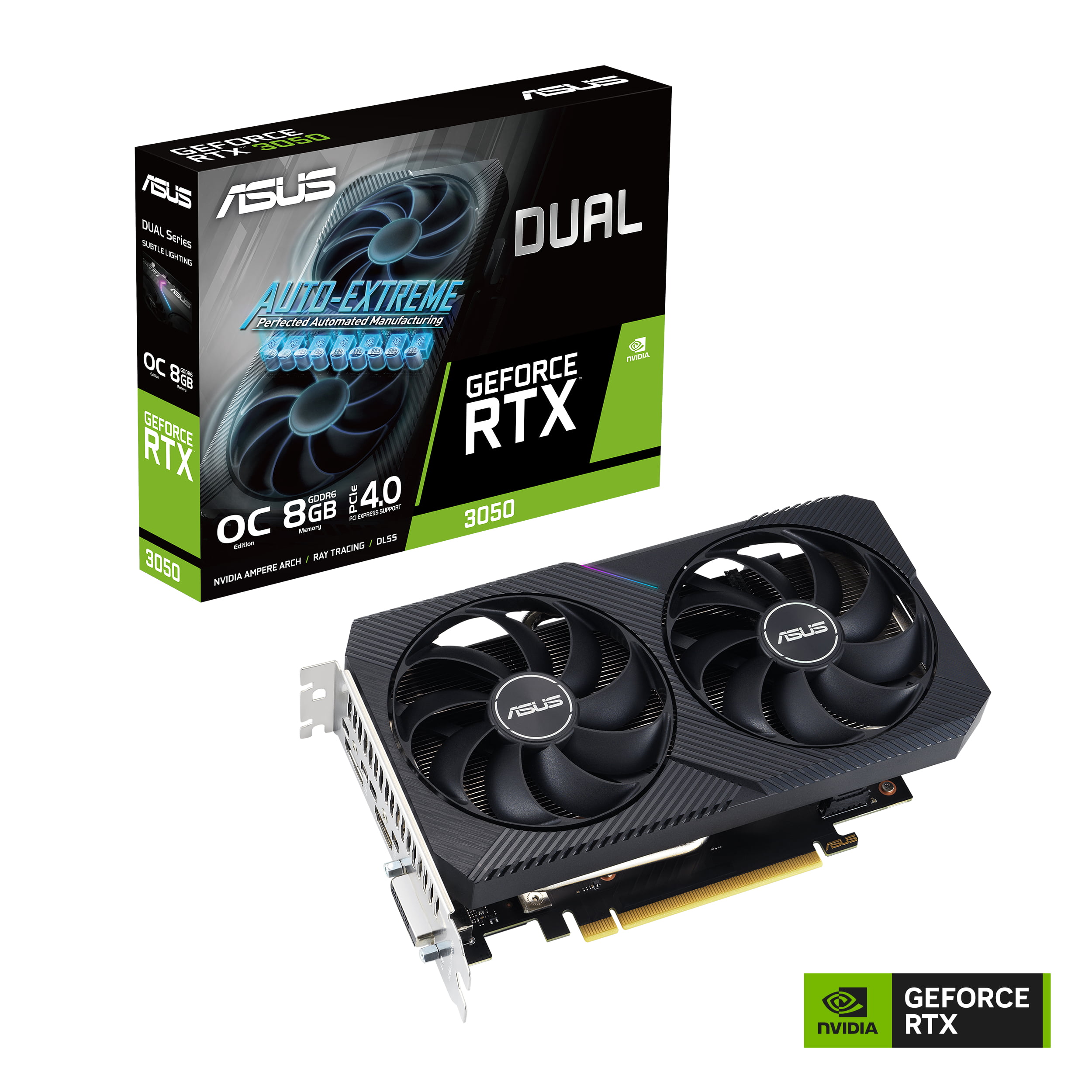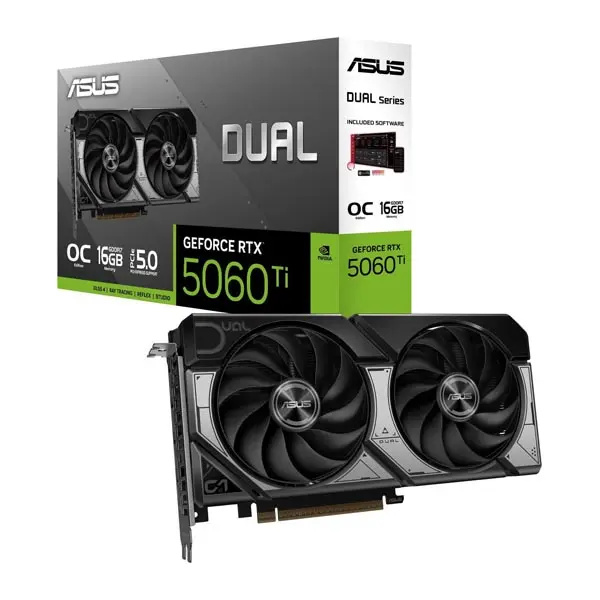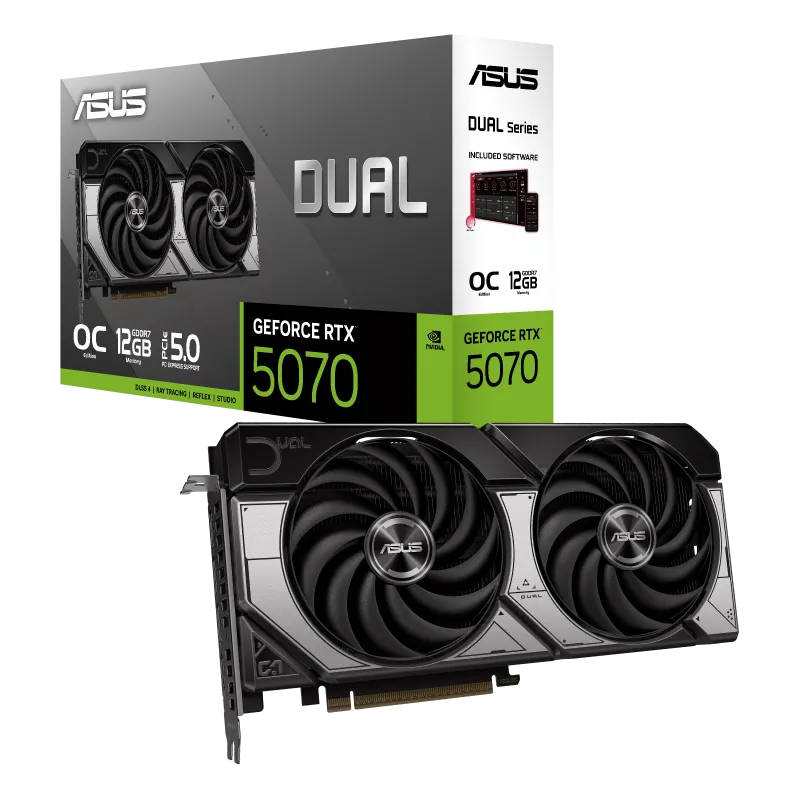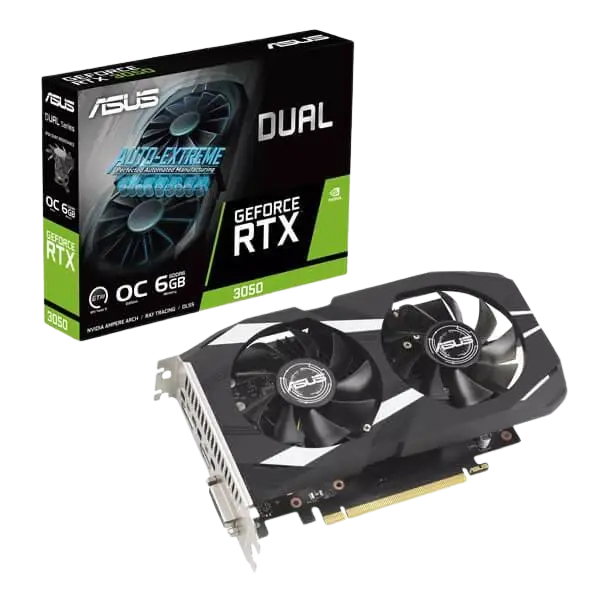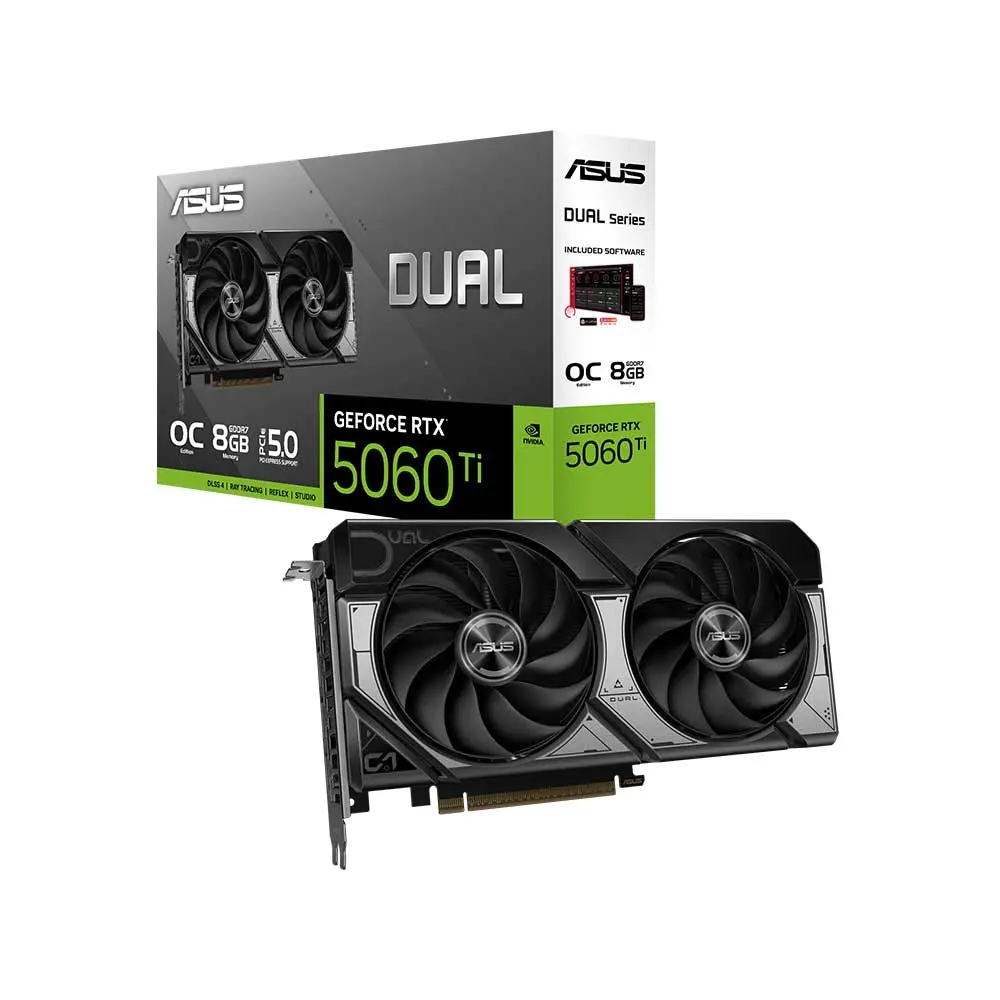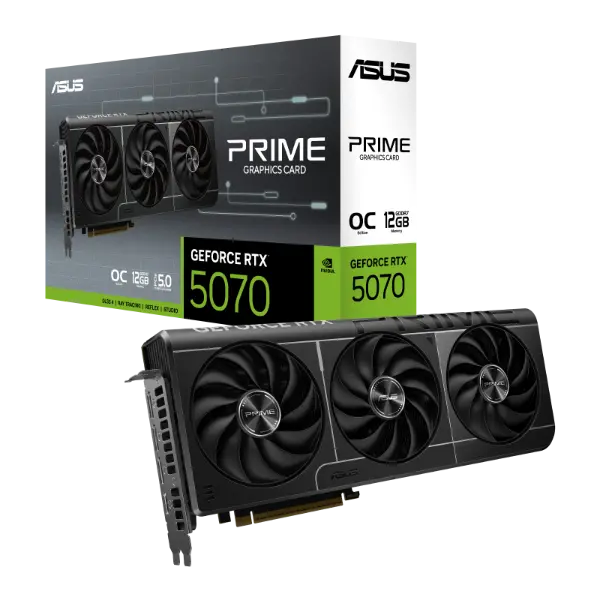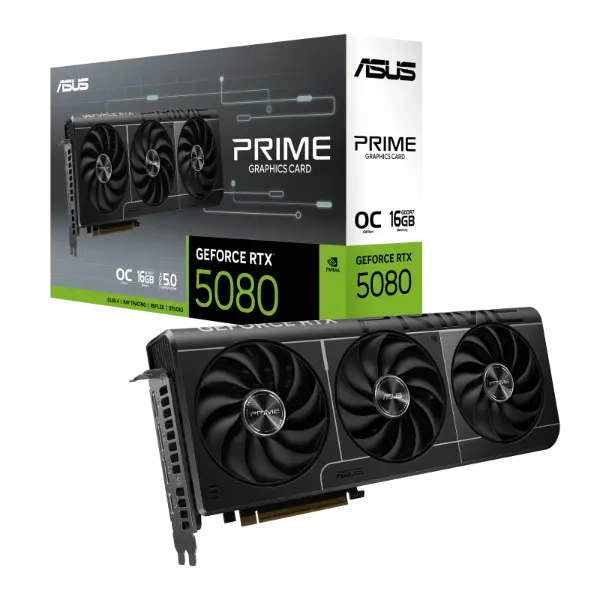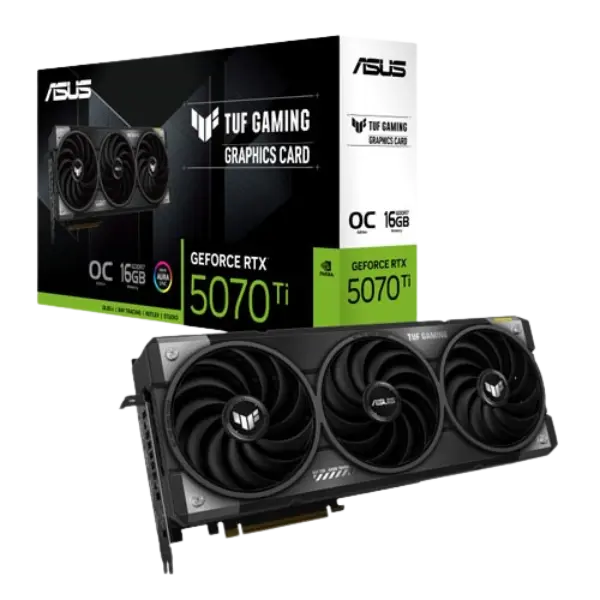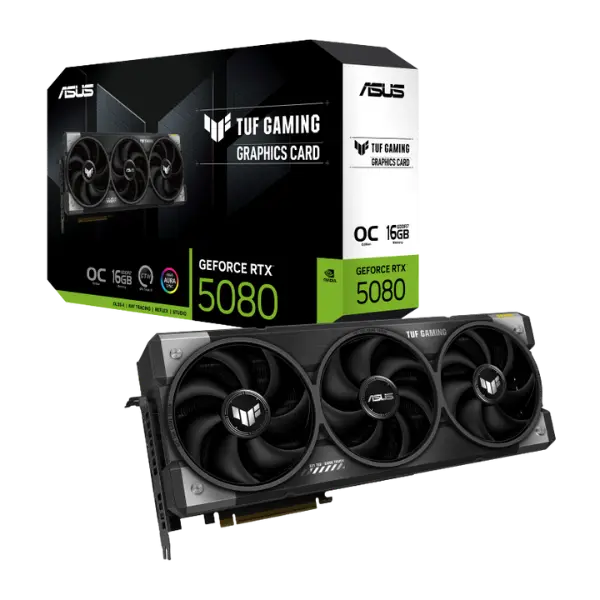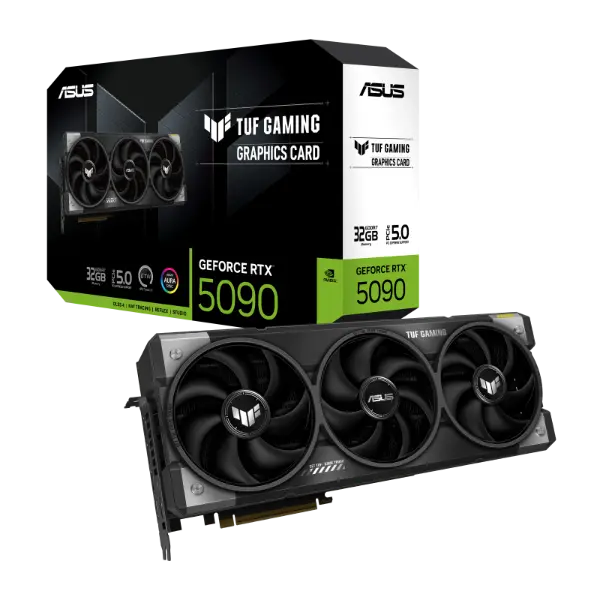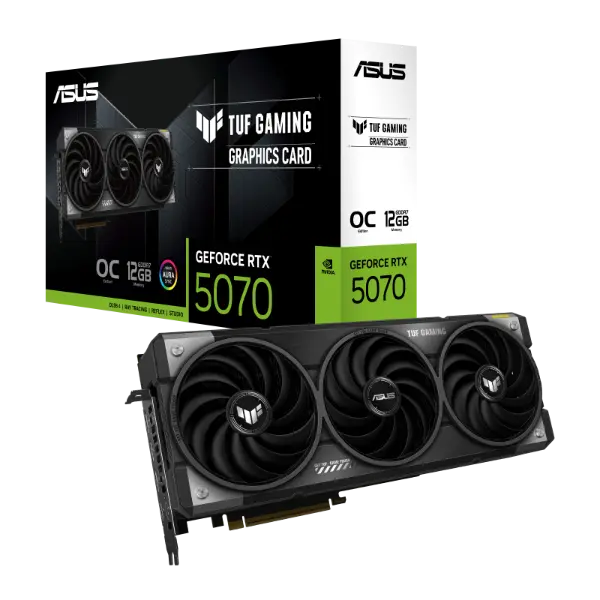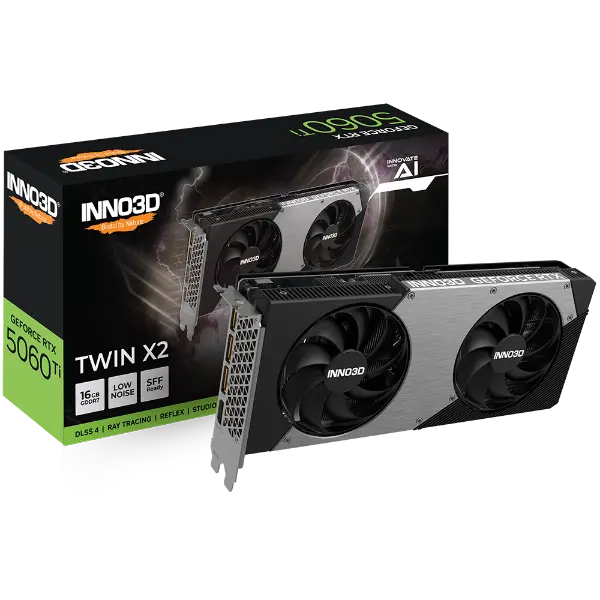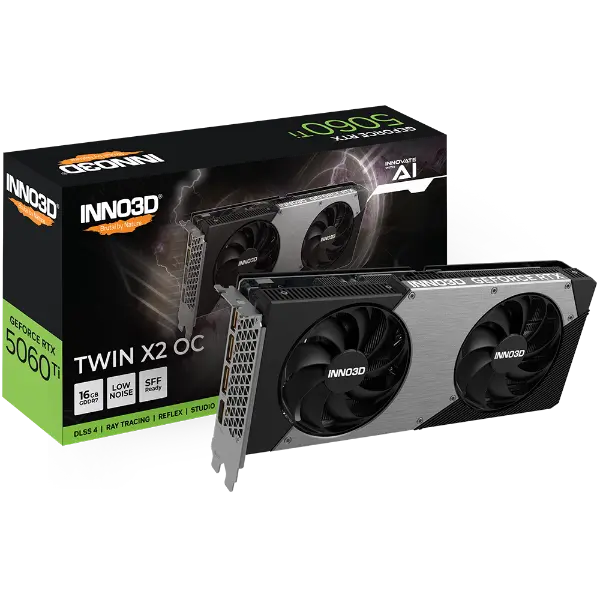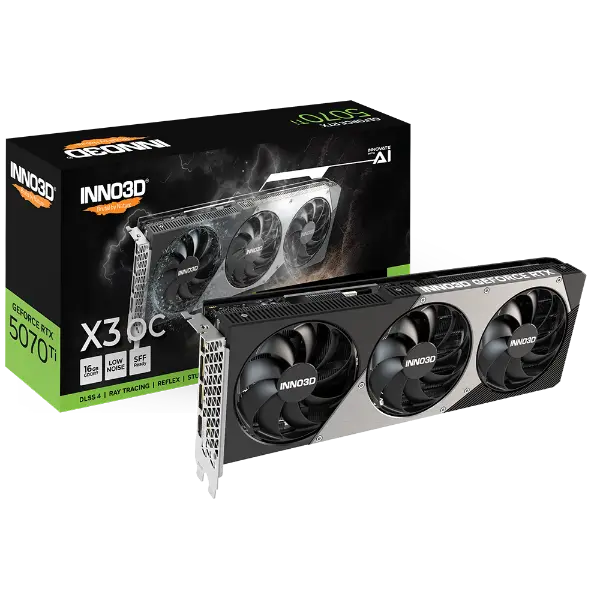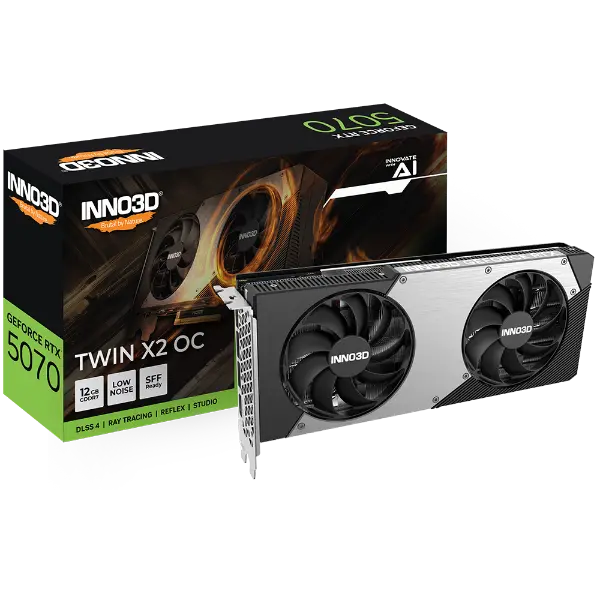- Brand StoreAMDCORSAIRGamdiasASROCKBelkinIntelASUSGigabyteZotacCOLORFULLian LiBIOSTARWESTERN DIGITALKINGSTONDELLEVMSapphireBenQMSIINNO3DNVIDIADeepcoolGM ProductsRazer
- Prebuild PC
- Prebuild Mini PC
- Refurbished Laptop
- Powered By Asus
- Brand StoreAMDCORSAIRGamdiasASROCKBelkinIntelASUSGigabyteZotacCOLORFULLian LiBIOSTARWESTERN DIGITALKINGSTONDELLEVMSapphireBenQMSIINNO3DNVIDIADeepcoolGM ProductsRazer
- Prebuild PC
- Prebuild Mini PC
- Refurbished Laptop
- Powered By Asus
- Brand StoreAMDCORSAIRGamdiasASROCKBelkinIntelASUSGigabyteZotacCOLORFULLian LiBIOSTARWESTERN DIGITALKINGSTONDELLEVMSapphireBenQMSIINNO3DNVIDIADeepcoolGM ProductsRazer
- Prebuild PC
- Prebuild Mini PC
- Refurbished Laptop
- Powered By Asus
Whatsapp/Call: +919082468103
Graphics Card
Filter by price
Brand
Video Memory
Colour
Warranty
- You cannot add "NEXTRON GT730 4GB DDR3 Graphics Card" to the cart because the product is out of stock.
Showing 1–16 of 151 results
-
ASUS Dual GeForce RTX 3050 V2 OC Edition...
₹35,078Original price was: ₹35,078.₹23,385Current price is: ₹23,385.Incl Tax
Sold: 0/10Add to cart -
ASUS Dual GeForce RTX 5060 Ti 16GB GDDR7...
₹75,008Original price was: ₹75,008.₹50,005Current price is: ₹50,005.Incl Tax
Sold: 0/10Add to cart -
ASUS Dual GeForce RTX 5070 12GB GDDR7 OC...
₹91,796Original price was: ₹91,796.₹61,198Current price is: ₹61,198.Incl Tax
Sold: 0/10Add to cart -
Asus Dual RTX 3050 OC Edition 6GB Graphi...
₹24,345Original price was: ₹24,345.₹16,230Current price is: ₹16,230.Incl Tax
Sold: 0/10Add to cart -
Asus Dual RTX 5060 Ti 8GB GDDR7 OC Editi...
₹63,029Original price was: ₹63,029.₹42,019Current price is: ₹42,019.Incl Tax
Sold: 0/10Add to cart -
ASUS PRIME GeForce RTX 5070 12GB GDDR7 O...
₹103,739Original price was: ₹103,739.₹69,159Current price is: ₹69,159.Incl Tax
Sold: 0/10Add to cart -
ASUS PRIME GeForce RTX 5080 16GB GDDR7 O...
₹193,575Original price was: ₹193,575.₹129,050Current price is: ₹129,050.Incl Tax
Sold: 0/10Add to cart -
ASUS TUF Gaming GeForce RTX 5070 Ti 16GB...
₹175,425Original price was: ₹175,425.₹116,950Current price is: ₹116,950.Incl Tax
Sold: 1/11Add to cart -
ASUS TUF Gaming GeForce RTX 5080 16GB GD...
₹217,170Original price was: ₹217,170.₹144,780Current price is: ₹144,780.Incl Tax
Sold: 0/10Add to cart -
ASUS TUF Gaming GeForce RTX 5090 32GB Gr...
₹465,825Original price was: ₹465,825.₹310,550Current price is: ₹310,550.Incl Tax
Sold: 0/10Add to cart -
Asus Tuf Gaming RTX 5070 OC Edition 12GB...
₹121,018Original price was: ₹121,018.₹80,679Current price is: ₹80,679.Incl Tax
Sold: 0/10Add to cart -
INNO3D GEFORCE RTX 3050 TWIN X2 OC 8GB G...
₹31,629Original price was: ₹31,629.₹21,086Current price is: ₹21,086.Incl Tax
Sold: 0/10Add to cart -
INNO3D GeForce RTX 5060 Ti TWIN X2 16GB ...
₹72,285Original price was: ₹72,285.₹48,190Current price is: ₹48,190.Incl Tax
Sold: 0/10Add to cart -
INNO3D GeForce RTX 5060 Ti TWIN X2 OC 16...
₹71,741Original price was: ₹71,741.₹47,827Current price is: ₹47,827.Incl Tax
Sold: 0/10Add to cart -
INNO3D GeForce RTX 5070 Ti X3 OC 16GB GD...
₹124,376Original price was: ₹124,376.₹82,917Current price is: ₹82,917.Incl Tax
Sold: 0/10Add to cart -
INNO3D GeForce RTX 5070 TWIN X2 OC 12GB ...
₹86,805Original price was: ₹86,805.₹57,870Current price is: ₹57,870.Incl Tax
Sold: 0/10Add to cart

